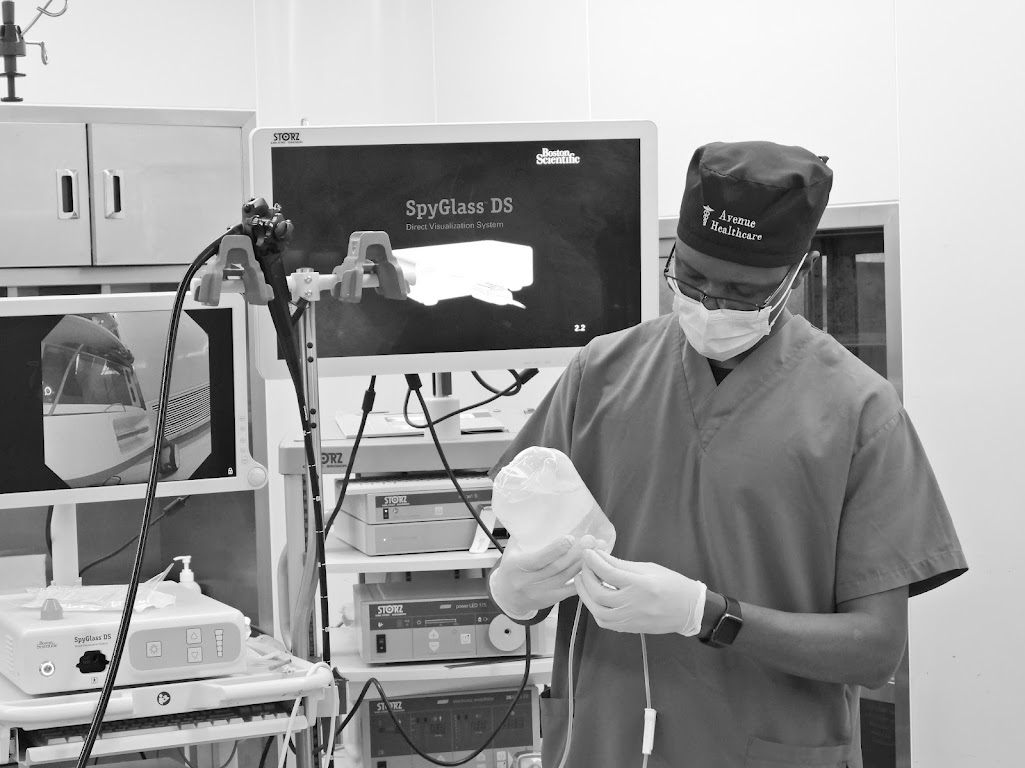
Minimally Invasive Approach:
Laparoscopic surgery involves making small sub centimeter incisions through which a laparoscope (a thin, flexible tube with a camera) and specialized surgical instruments are inserted. This approach replaces the need for large open incisions used in traditional open surgeries. As a result, patients experience minimal trauma to the surrounding tissues, reducing pain and discomfort during and after the procedure.
Less Postoperative Pain:
Compared to open surgeries, Laparoscopic Procedures significantly minimize postoperative pain. The smaller incisions result in less tissue damage, reduced nerve irritation, and minimal scarring. Patients often require less pain medication and experience a faster recovery with fewer complications, enabling them to resume their daily activities sooner.
Reduced Risk of Infections:
The smaller incisions in laparoscopic surgery contribute to a lower risk of infection. With traditional open surgeries, larger incisions provide an entry point for bacteria, increasing the chances of wound infections. In laparoscopic procedures, the risk of surgical site infections is significantly reduced, leading to a smoother recovery process.
Quicker Recovery Time:
Laparoscopic surgery offers faster recovery compared to open surgeries. Since the incisions are smaller, there is less tissue trauma, resulting in reduced healing time. Patients often experience shorter hospital stays, faster return to normal bowel function, and a speedier overall recovery process. This allows them to resume their daily routine and regain their quality of life more rapidly.
Minimal Blood Loss:
One of the notable advantages of laparoscopic surgery is the minimal blood loss during the procedure. The smaller incisions and specialized instruments used in laparoscopy contribute to precise control over bleeding. As a result, patients require fewer blood transfusions and experience lower rates of complications associated with significant blood loss.
Lower Risk of Hernias:
Open surgeries can sometimes result in incisional hernias, where the abdominal wall weakens, leading to a bulge or protrusion. With laparoscopic surgery, the risk of incisional hernias is significantly reduced due to the smaller incisions and mesh reinforcement techniques. Patients can have peace of mind knowing that their risk of hernias is minimized.
Improved Cosmetic Outcome:
Laparoscopic surgery offers improved cosmetic outcomes, as the incisions are small and often placed strategically in inconspicuous locations. These tiny scars are less visible and fade over time, resulting in minimal scarring compared to the more noticeable and prominent scars associated with open surgeries. The improved cosmetic outcome is an added benefit for patients.
Conclusion:
Laparoscopic surgery has revolutionized the field of surgery by offering patients a painless and safer alternative to traditional open procedures. As a leading Laparoscopy Surgeon, Dr Michael Mwachiro understands the importance of utilizing this advanced technique to enhance patient outcomes. If you seek a painless and safe surgical option, laparoscopic surgery with Dr. Mwachiro’s expertise can provide you with a seamless experience and optimal results.